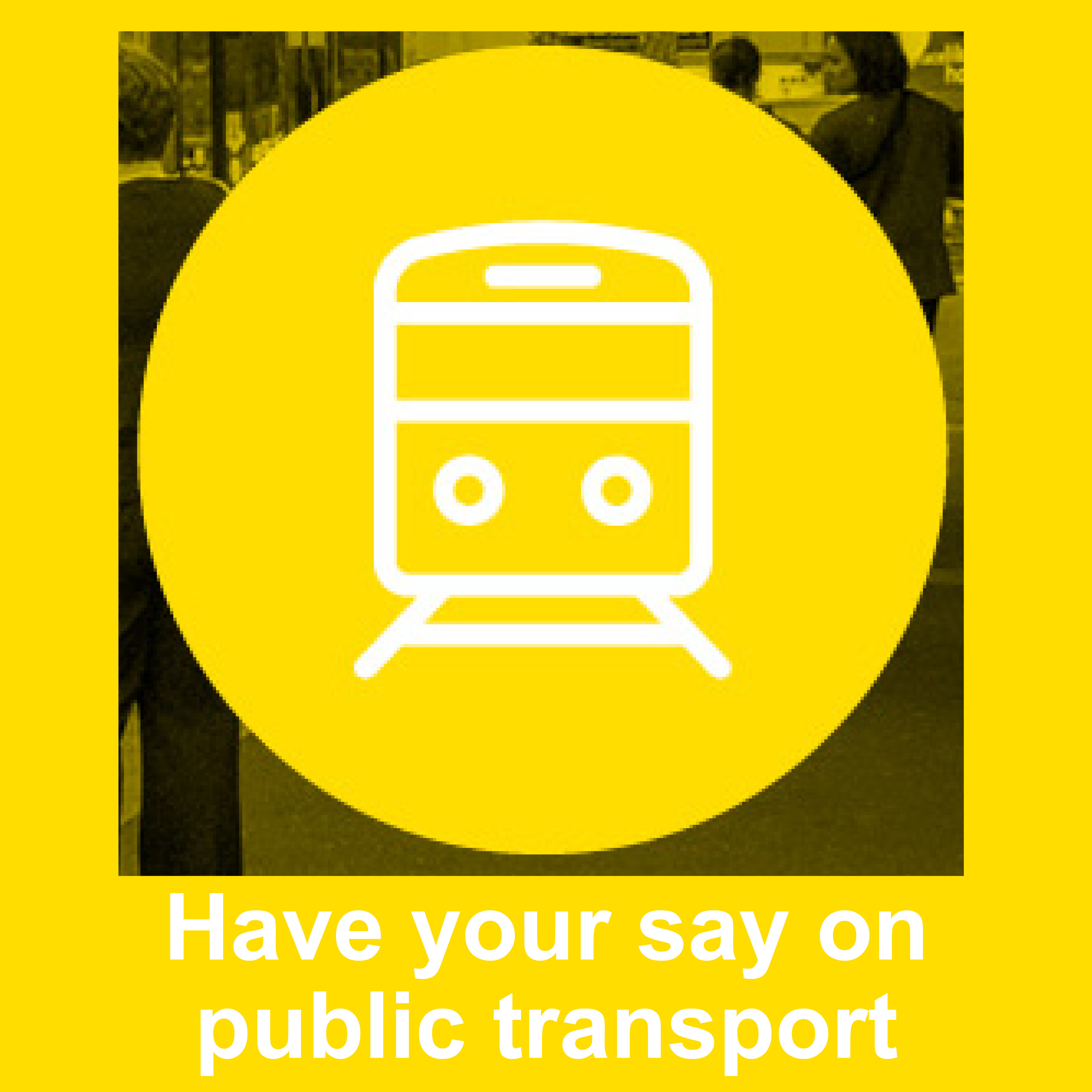Your comments have been used to inform the Integrated Transport Strategy
Your feedback will help to shape Council's Integrated Transport Strategy and plan for a more sustainable transport future. The Strategy will help us increase transport choices within Bayside, whilst managing traffic and parking congestion as best we can. With approximately 40% of car trips in Melbourne less than 1km, Council is seeking to encourage other sustainable modes of transport for those short trips.
Ideas
Parking & speed limits
Creating safer streets in Bayside
Please take this 2 minute survey and tell us what you think of these strategies to help make Bayside streets safer for all.
This consultation has concluded, thank you for your feedback. Your comments will be used to inform the development of a draft Integrated Transport Strategy.
More info
This consultation has concluded, thank you for your feedback. Your comments will be used to inform the development of a draft Integrated Transport Strategy.
About the Integrated Transport Strategy
Feedback you provide will be incorporated into the development of an Integrated Transport Strategy.
The Strategy will strengthen the relationship between community aspirations and Council's transport planning. It will have an emphasis on planning for a more sustainable transport future where we will grow mobility within the community whilst managing traffic and parking congestion as best we can.
Themes of the Strategy:
The Integrated Transport Strategy will focus on the following areas:
- Walking and Cycling: Walking and cycling will be prioritised as the preferred modes of transport for short trips in Bayside
- Better Public Transport: Council will advocate to the State government for improved public transport access to, within and from Bayside
- Parking and Access: Council will balance the needs of all drivers to ensure a reasonable likelihood of parking close to their destination
- Safer Streets: Bayside’s streets will be actively managed to provide the safest and most efficient transport system possible for all road users
- Integrated Transport and Land Use: Council will work to ensure that land use development supports sustainable transport use
- Enable Choice and Educate: Council will seek to increase awareness within the community about the benefits of sustainable travel and emerging transport technologies that contribute to a reduction in transport related emissions
What is Council Doing to Improve Parking and Car Access?
Community feedback has identified that impacts of car parking are a key concern across Bayside, particularly in and around activity centres across the municipality. The demand for commuter parking within the vicinity of the Sandringham and Frankston line stations exacerbates this issue given the high demand for long term commuter parking.
The Integrated Transport Strategy will aim to balance the needs of all drivers to ensure a reasonable likelihood of parking close to their destination. The challenges and complexities of this approach are listed below.
Challenges
- Residents and visitors would like to be able to find a car park space more easily within activity centres across the municipality
- Commuter parking regularly overspills into those residential streets in close proximity to train stations
- Differing community aspirations in relation to parking restrictions in activity centres, including residential streets near train stations
Potential actions
- Development of a Municipal Parking Strategy to manage parking demand across the municipality
- Prioritise on-street parking use reflective of the local amenities within an area
- Introduce measures within commercial areas to ensure the turn-over of on-street parking provision
- Provide drivers with real-time information on parking availability within activity centres
- Introduce car share clubs in those area with good public transport, cycling and walking networks
Benefits
- Improved likelihood of finding a suitable parking space
- Reduced congestion and vehicle emissions
- Increased economic activity
- Improved environment and amenity
How can Council enable more transport choices?
Council will seek to increase awareness within the community about the benefits of sustainable travel and emerging transport technologies
Private vehicles are likely to continue to play a prominent role in Bayside’s transport environment well into the future. However, Council also has a responsibility to raise awareness of all transport choices and support suitable initiatives aimed at reducing transport related emissions.
Challenges
- Private vehicles are often the preferred choice for short trips in Bayside
- There is a perception that walking and cycling are unsafe and less convenient than private vehicles
- There are low levels awareness in relation to available transport choices within the municipality amongst some members of the community
Potential Actions
- Develop promotional campaigns to raise awareness of the availability and benefits of sustainable modes of transport
- Advocate for a car-share provider to be available within Bayside
- Explore the feasibility of installing recharging facilities in Council buildings for mobility scooters and vehicles
- Encourage the use of ride sourcing apps as a legitimate mode of transport within Bayside
- Explore the feasibility of a bike-share provider operating within Bayside
Benefits
- Greater awareness of available transport choices
- Reduced reliance on private vehicles
- Reduced congestion and vehicle emissions
- Improved health and wellbeing






